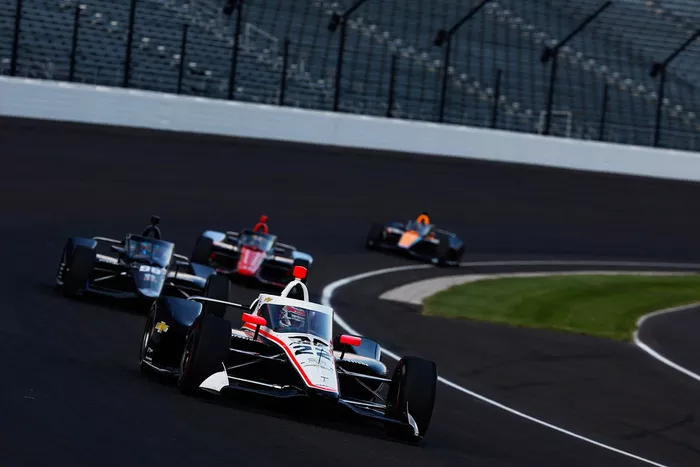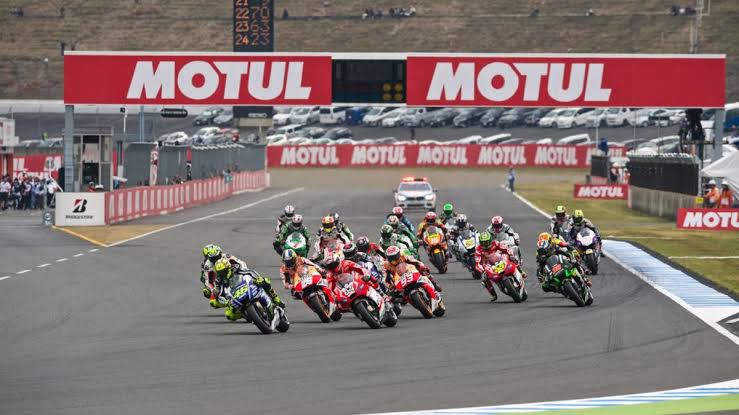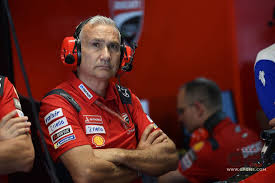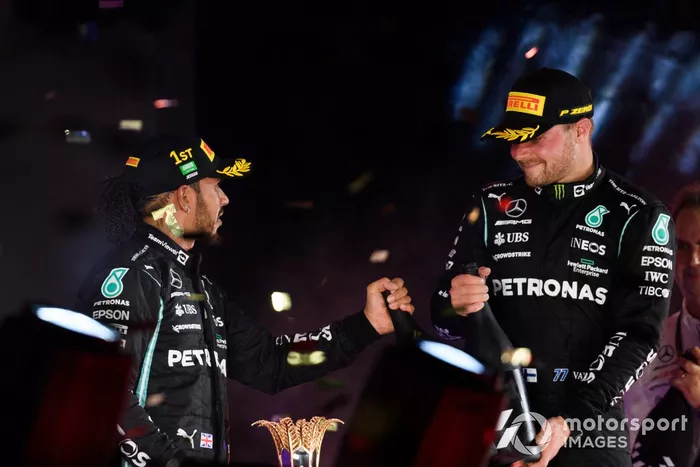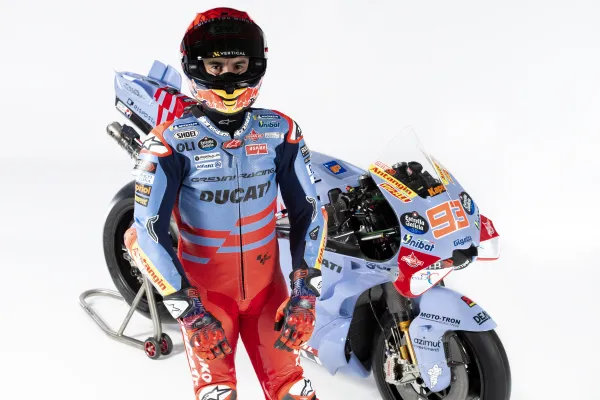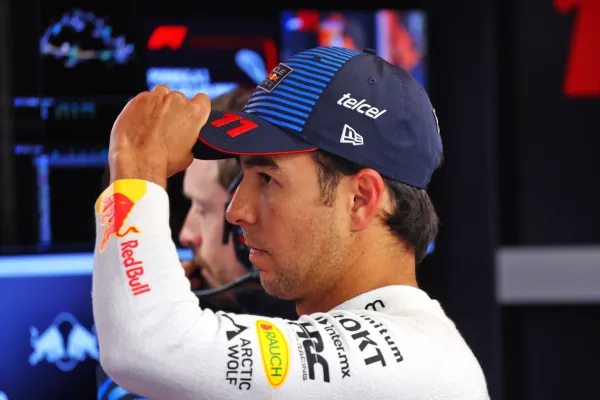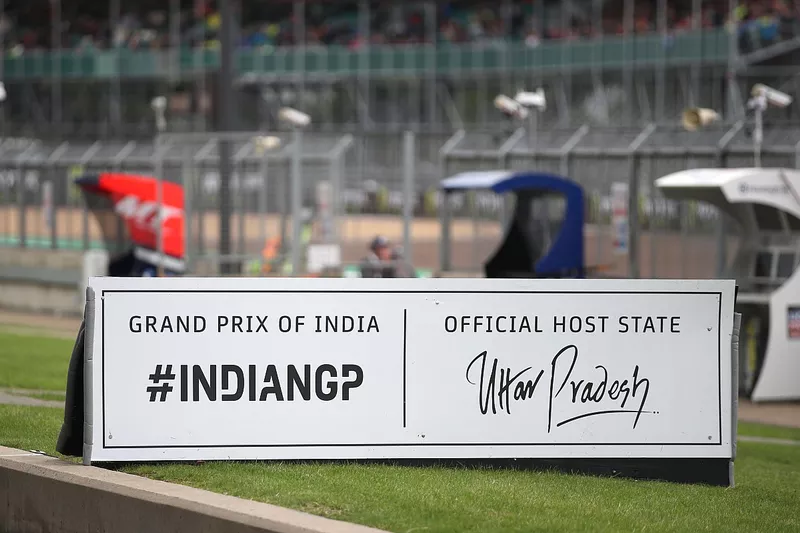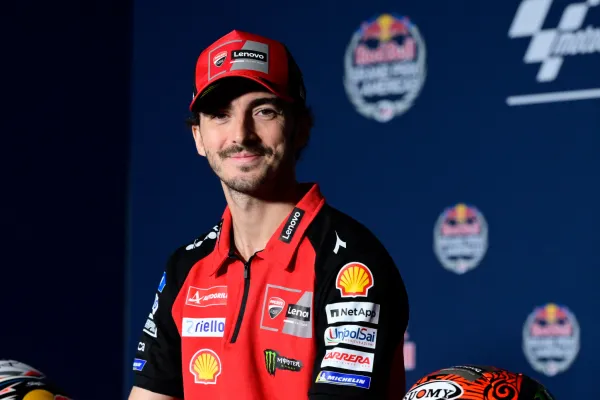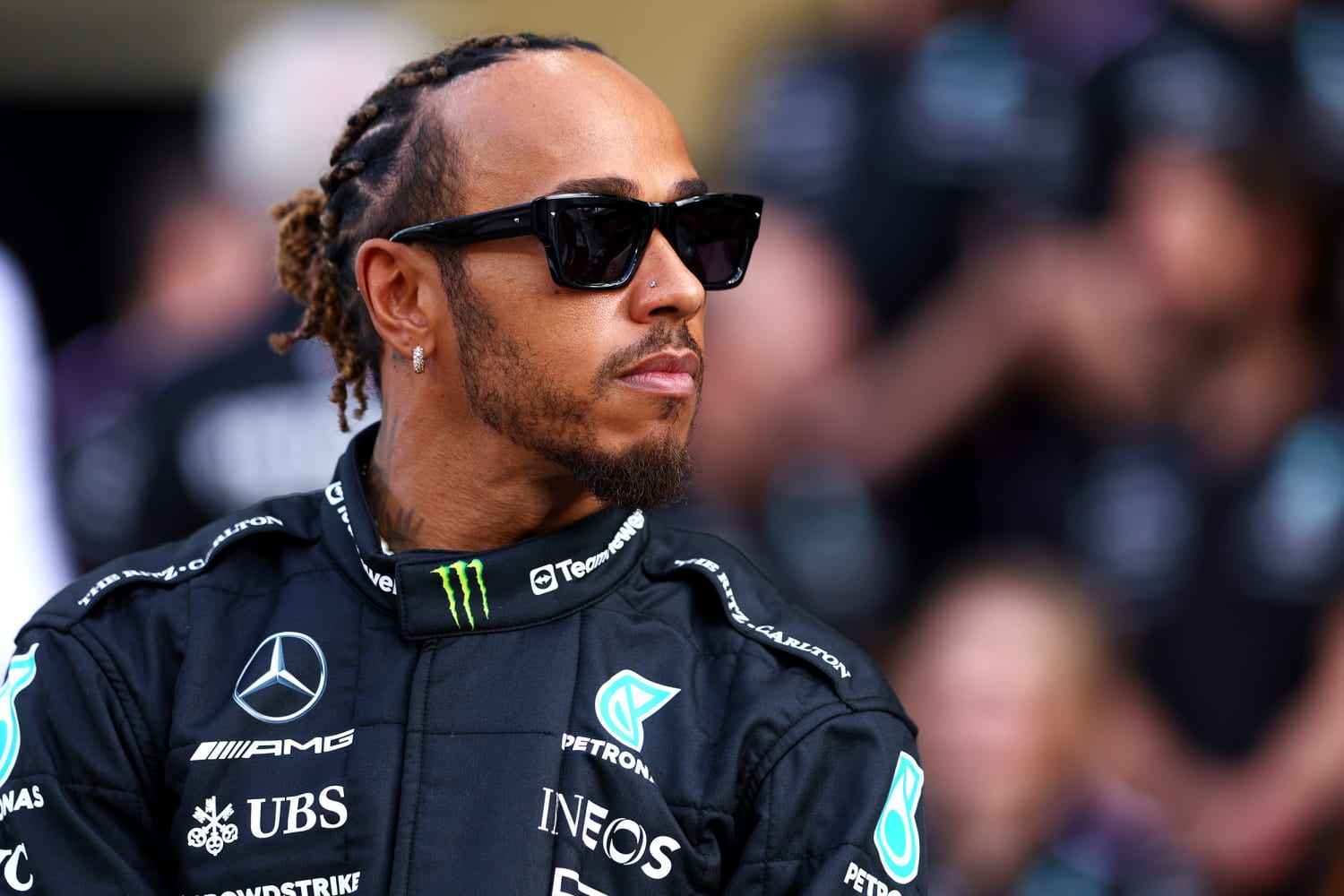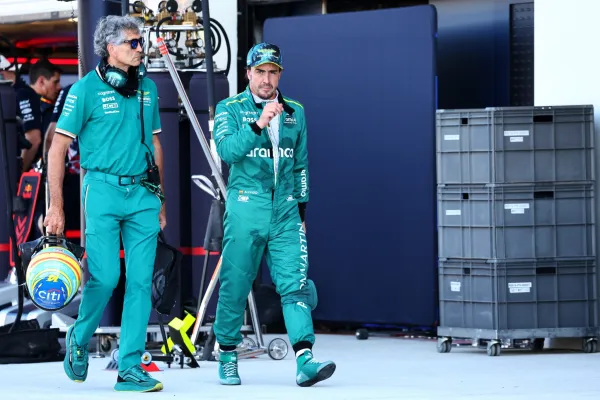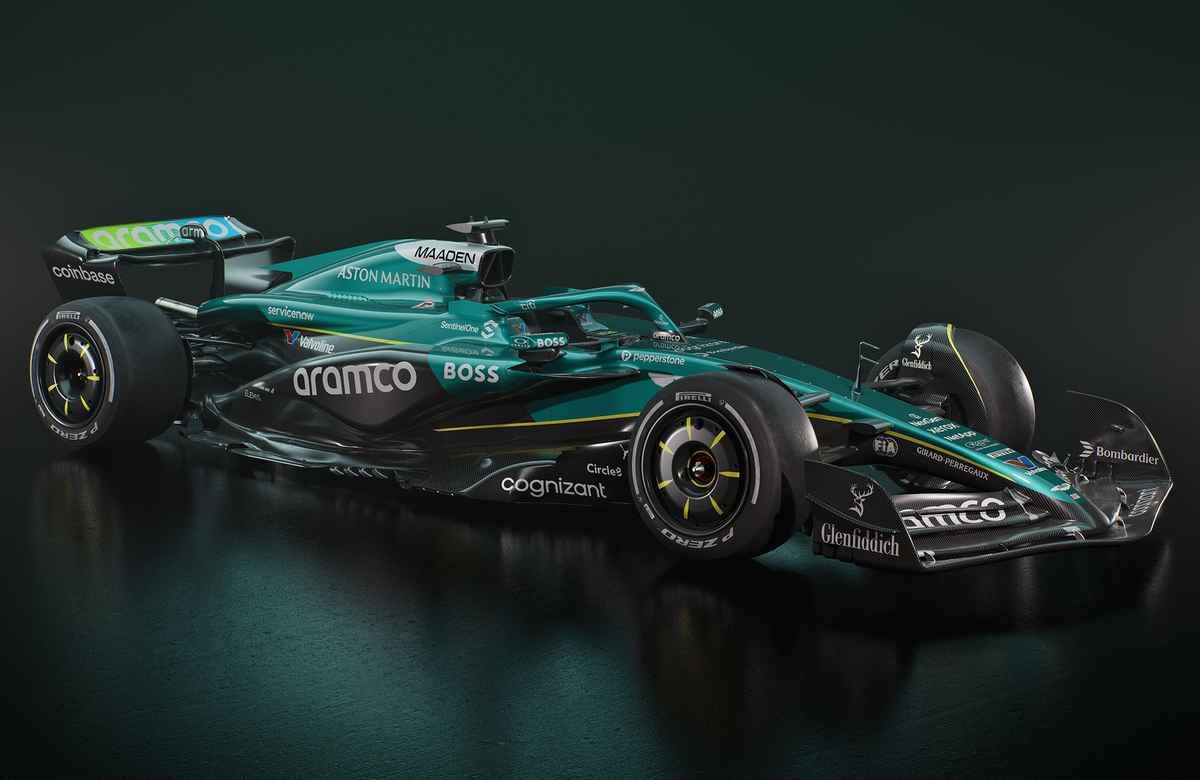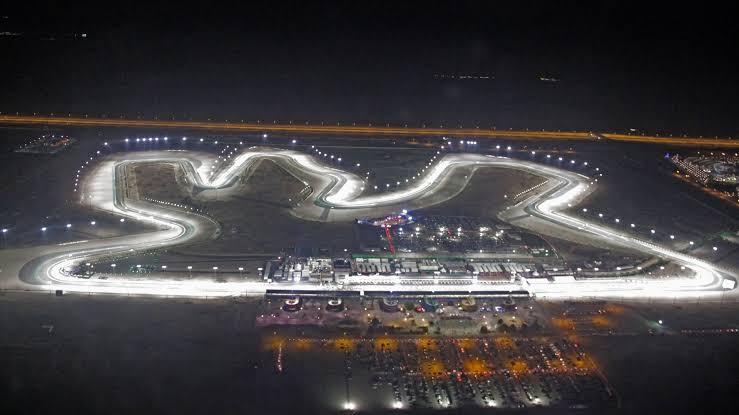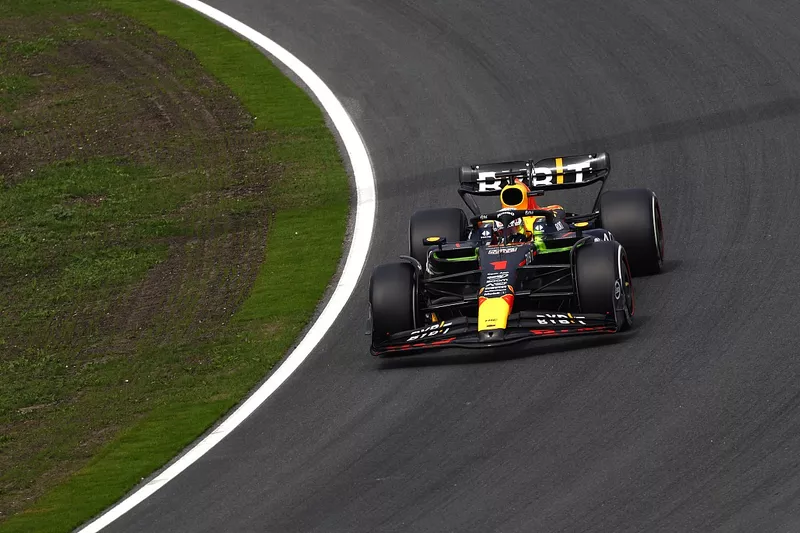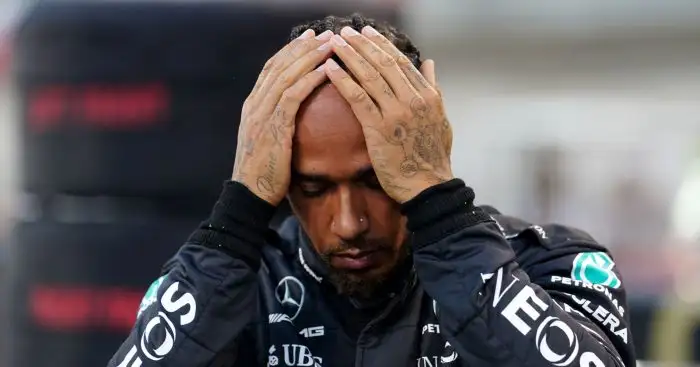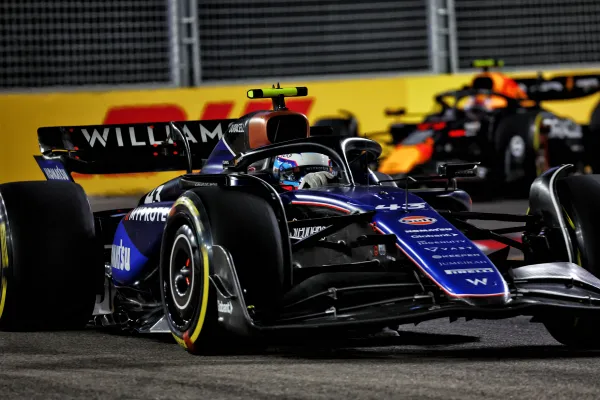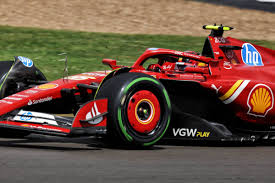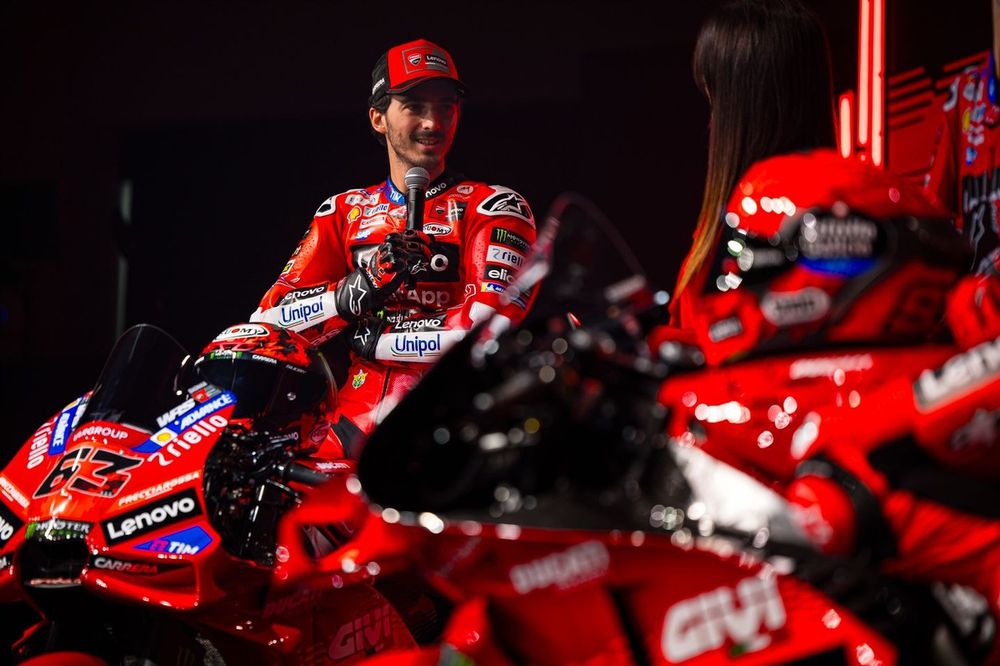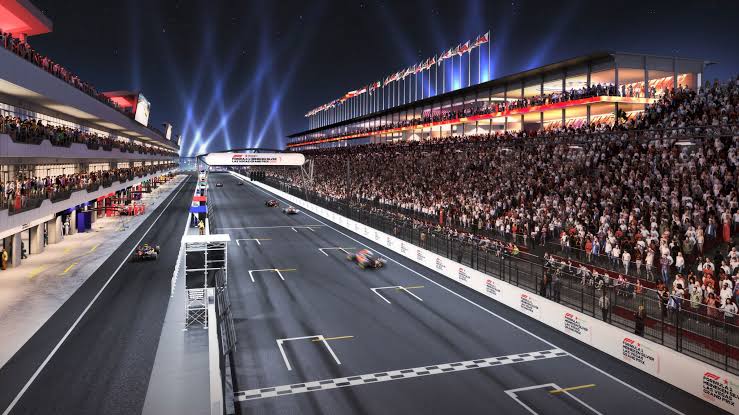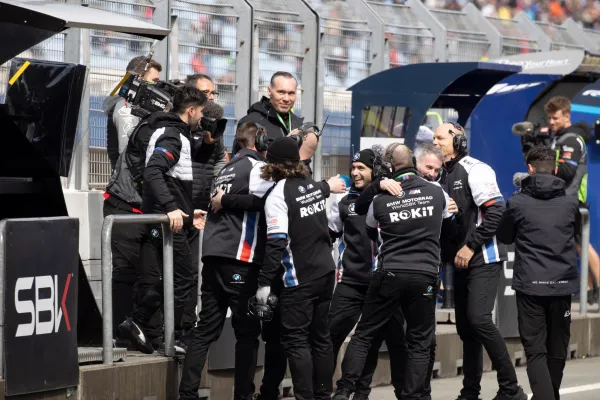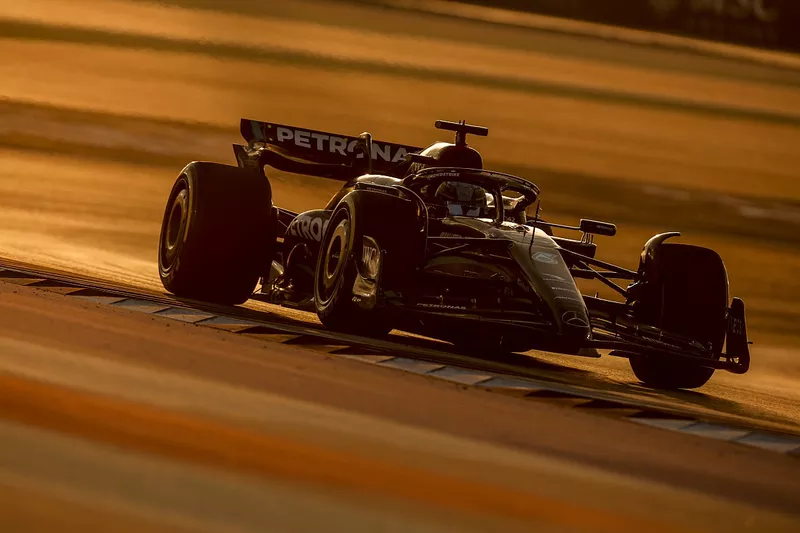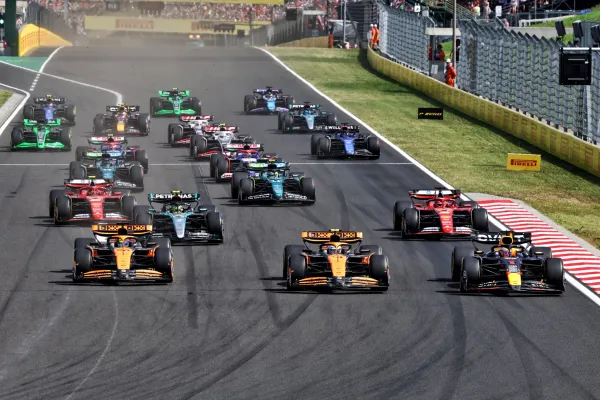Shifting Gears: Mercedes’ Quest For Consistency In 2025 With Rookie Antonelli At The Helm
As the Formula 1 season gears up for another thrilling year, Mercedes-AMG Petronas F1 Team is poised to make a significant impact with their new car, the W16. Following a ‘peaky’ 2024 season, George Russell is optimistic about the team’s chances, believing that the W16 will offer more consistency than its predecessors. This optimism is bolstered by the introduction of rookie driver Andrea Kimi Antonelli, who is set to make his debut in the sport. Let’s delve into the details of Mercedes’ strategy for the 2025 season and explore how Antonelli’s arrival could shape the team’s performance.
Introduction to the W16
The W16 is the culmination of Mercedes’ efforts to address the inconsistencies that plagued their previous cars. Since the introduction of ground-effect rules in 2022, Mercedes has faced challenges in delivering consistent performance. The W13 struggled with porpoising, while the W14 suffered from rear-end instability. Despite these issues, the W15 managed to secure four wins in 2024, thanks in part to a conceptual change mid-season that unlocked its potential.
The W16 boasts significant aerodynamic and mechanical refinements designed to improve performance and consistency. Every aerodynamic surface has been redesigned, and the front suspension has been reworked to enhance responsiveness and stability. These updates aim to address the weaknesses of the W15, particularly in slow corners and tyre temperature imbalances.
Key Features of the W16
- Aerodynamic Enhancements: The W16 features a completely revamped aerodynamic package, with every surface optimized for better airflow and downforce. This includes a redesigned engine cover, sidepods, floor, and wings.
- Mechanical Improvements: The car’s front suspension has been updated with carbon fibre wishbones and push rod-activated springs and dampers, improving front-end grip in low-speed corners.
- Power Unit: The Mercedes-AMG F1 M16 E PERFORMANCE retains its 1.6-litre V6 hybrid configuration, with reliability and calibration updates to maximize efficiency.
- Gearbox and Braking System: The eight-speed sequential gearbox features a lightweight carbon fibre main case, optimizing weight distribution and shifting efficiency. The braking system includes carbon/carbon discs with Brembo monobloc callipers and a rear brake-by-wire system for enhanced control.
George Russell’s Confidence in the W16
George Russell has expressed confidence in the W16, suggesting that it will be more consistent than the W15. Despite the W15’s ability to secure wins, including a dominant 1-2 finish in Las Vegas, it struggled with consistency throughout the season. Russell believes that while the W16 might not achieve the same highs as the W15, it will also avoid the lows that hindered their performance in several races.
Russell’s optimism is not solely based on the car’s design but also on the team’s ability to integrate parts that were in development for some time. These components, which could not be implemented in 2024, are now part of the W16, reflecting Mercedes’ long-term strategy to return to title contention.
Andrea Kimi Antonelli’s Debut
Andrea Kimi Antonelli is set to make his Formula 1 debut with Mercedes, following in the footsteps of legendary drivers like Lewis Hamilton. Antonelli rejects the notion that he is replacing Hamilton, instead focusing on carving out his own identity in the sport. At just 18 years old, Antonelli has already shown maturity and a keen understanding of the challenges ahead.
Antonelli’s strategy for his debut season is to “attack fully from the start,” a bold approach that could either yield significant rewards or pose risks. His experience in Formula 1 so far has been limited but impactful, having impressed during a young driver outing at Monza. Despite a crash during that session, Antonelli demonstrated his speed and potential, setting a purple sector time on his first flying lap.
Antonelli’s Targets for 2025
- Establish Consistency: Antonelli aims to establish a steady rhythm early in the season, focusing on building consistency rather than risking everything for a single result.
- Avoid Major Mistakes: He is keenly aware of the importance of minimizing errors, as a significant mistake could set him back and require time to recover.
- Learn and Adapt: Throughout the season, Antonelli will need to learn from his experiences and adapt quickly to the challenges of Formula 1.
Balancing Current Performance with Future Development
The 2025 season marks the last year before significant regulatory changes in 2026, which will introduce smaller, lighter cars with active aerodynamics and a new engine formula. This presents teams with a dilemma: how to balance current performance with long-term development.
Mercedes is already working on the next-generation power unit while ensuring the W16 remains competitive for the 2025 campaign. This delicate balancing act will be crucial in maintaining momentum both this season and beyond, as the team prepares for the transition to new sustainable fuels and aerodynamic regulations.
To explore more about how Formula 1 teams manage the transition to new regulations, see our article on “The Future of Formula 1: How Teams Are Preparing for 2026“. Discover how innovative strategies and technological advancements are shaping the sport’s future at “The Evolution of Formula 1 Technology“.
The Role of Team Dynamics
Team dynamics will play a crucial role in Mercedes’ success this season. The partnership between George Russell and Andrea Kimi Antonelli will be pivotal, as they work together to optimize the W16’s performance. Russell’s experience will be invaluable in guiding Antonelli through his rookie season, helping him navigate the complexities of Formula 1.
Moreover, the team’s engineers and strategists will need to work closely with both drivers to ensure that the car is set up optimally for each race. This includes making strategic decisions about tyre management, pit stops, and qualifying setups.
Competition and Challenges
The 2025 season promises to be highly competitive, with several teams vying for the top spots. Red Bull Racing, Ferrari, and McLaren are among the strong contenders, each with their own strengths and weaknesses.
Red Bull, in particular, has been a dominant force in recent years, with Max Verstappen leading the charge. Ferrari, meanwhile, has shown significant improvement and will be looking to capitalize on their momentum. McLaren, with their new driver lineup, could also pose a challenge, especially if they can maintain consistency throughout the season.
Mercedes will need to be at the top of their game to compete with these teams, leveraging their experience and technical prowess to stay ahead.
The Impact of Rookie Drivers
Rookie drivers like Andrea Kimi Antonelli bring a fresh perspective to the sport, often pushing the boundaries of what is possible. Their eagerness to prove themselves can lead to bold moves on the track, which can sometimes result in spectacular performances or, conversely, costly mistakes.
Antonelli’s debut will be closely watched, not just by Mercedes fans but by the entire Formula 1 community. His success could pave the way for other young drivers to enter the sport, injecting new energy and talent into the grid.
The Fan Perspective
For fans, the 2025 season offers a lot to look forward to. The combination of seasoned drivers like George Russell and newcomers like Andrea Kimi Antonelli promises exciting racing and unpredictable outcomes. The rivalry between teams will be intense, with each race potentially deciding the championship standings.
Fans will also be keen to see how the W16 performs, especially in comparison to its predecessors. The improvements in aerodynamics and mechanical stability could lead to faster lap times and more competitive racing.
To stay updated on the latest developments and insights from the world of Formula 1, check out our F1 blog. This comprehensive resource provides in-depth analysis, team profiles, and race previews, ensuring you’re always ahead of the curve.
The Broader Impact of Formula 1
Beyond the racing itself, Formula 1 has a significant impact on technology and innovation. The sport drives advancements in areas like sustainable fuels, aerodynamics, and materials science. These innovations often trickle down to consumer vehicles, improving efficiency and performance for everyday drivers.
Moreover, Formula 1 is a global platform for brands and sponsors, offering unparalleled exposure and marketing opportunities.
The Future of Formula 1
As the sport continues to evolve, it’s clear that the future of Formula 1 is bright. With new regulations on the horizon and a growing focus on sustainability, teams like Mercedes are at the forefront of this change. Their efforts to balance current performance with future development will be crucial in shaping the sport’s trajectory.
The introduction of rookie drivers like Andrea Kimi Antonelli ensures that the sport remains vibrant and dynamic, bringing new talent and perspectives to the grid. As fans look forward to the 2025 season, they can expect thrilling races, unexpected twists, and a glimpse into the future of motorsport.

